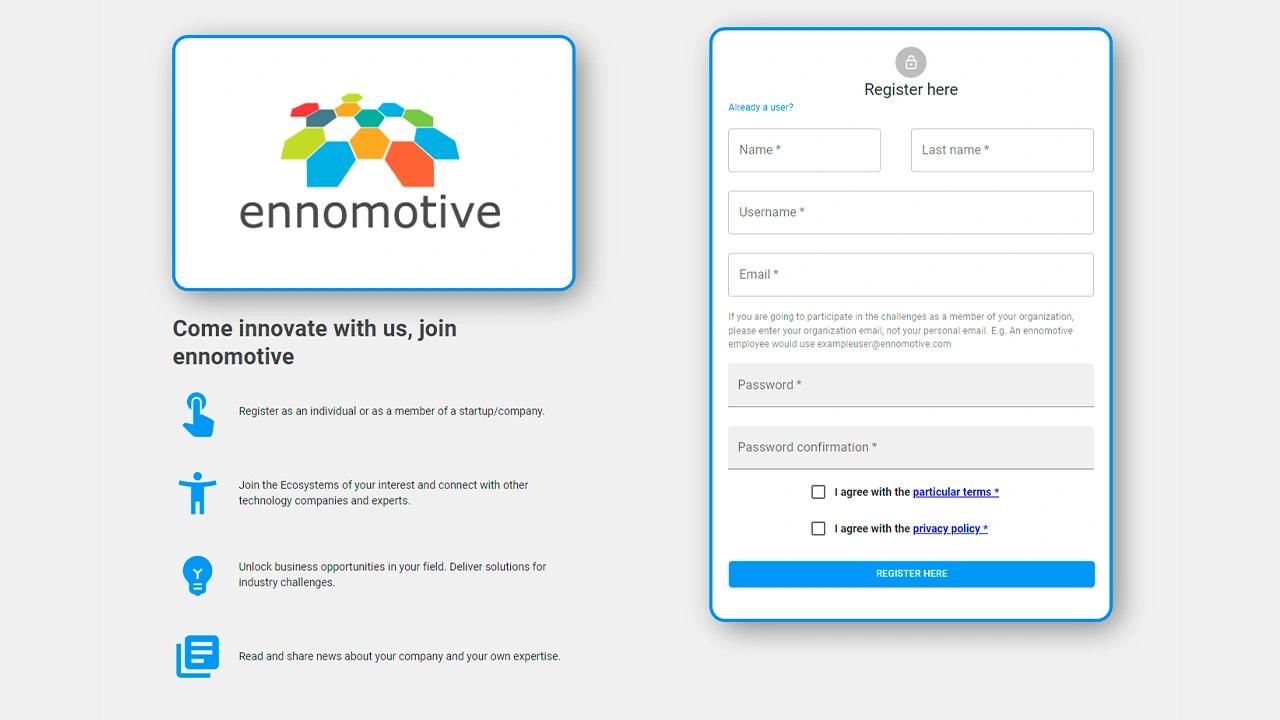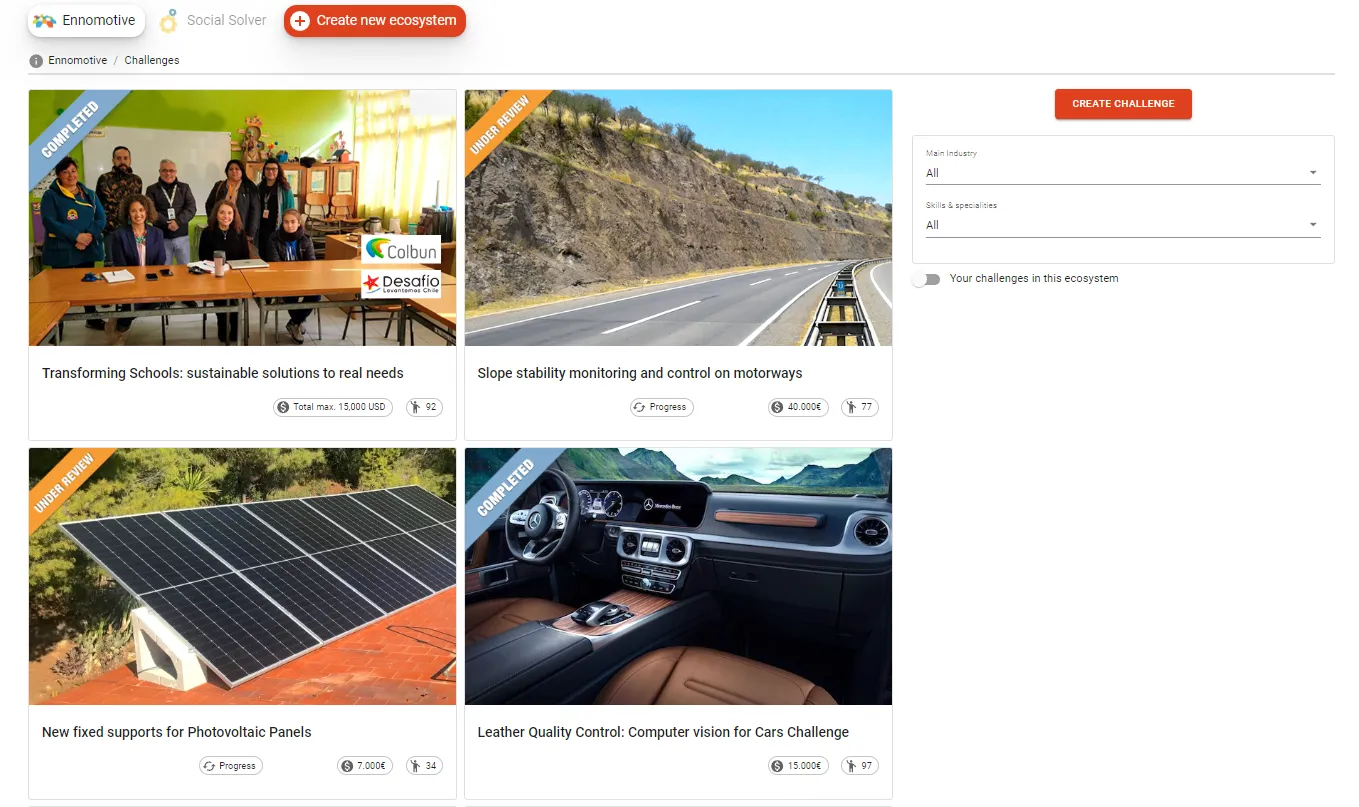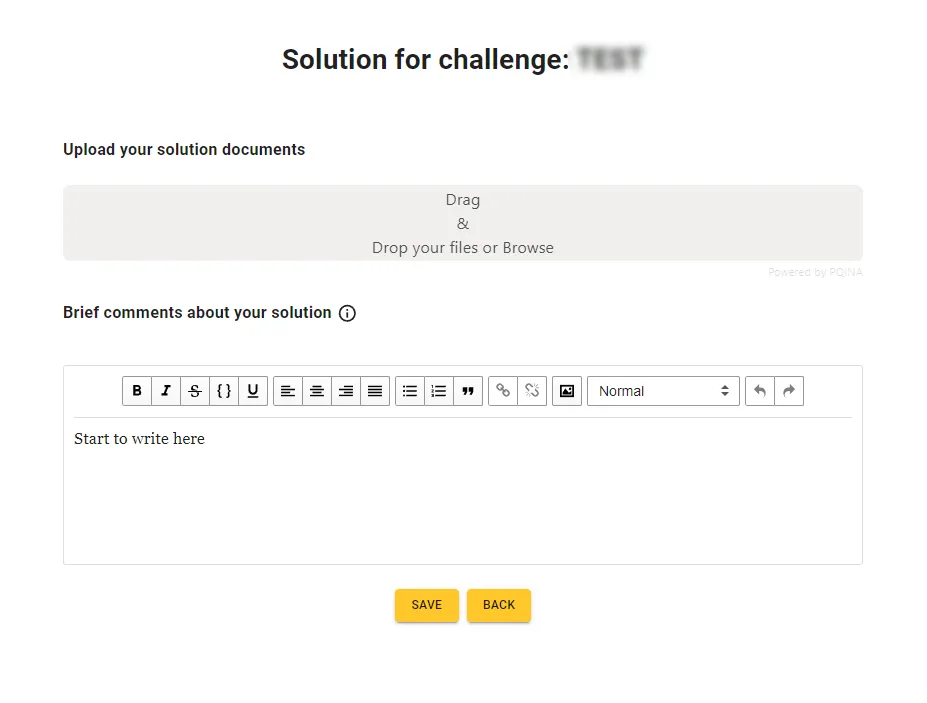Background:
Forsac S.A. is a subsidiary of Empresas CMPC, one of the biggest forestry and paper companies in the world. It provides Sack Kraft paper packaging solutions and it has subsidiaries in Chile, Argentina, Peru and Mexico, where it has successfully adapted to every specific market need, always complying with the quality and sustainability standards and committing to the quantity and deadlines during delivery.
It is a consolidated multiwall paper leader in Chile and Peru and produces more than 600 millions of paper packages annually. Its main markets are the United States, Latin America, Central America and the Caribbean countries.
The challenge:
The multiwall paper bag manufacturing plant located in Chile also produces flexible packaging for retail and cardboard tubes used in the paper and plastic industry. The manufactured paper is rolled around these cardboard tubes, resulting in a paper coil that are then sent to other factories. This challenge focuses on the production, and more specifically, on the palletising and drying the cardboard tubes.
Operations today consist on picking up the tubes at the end of the manufacturing line, placing them manually in a vertical or horizontal position (depending on the tube) on the pallet and securing then with tape.
Characteristics:
- Cardboard tubes of variable length (2.43-5.48m).
- Tubes of variable diameter (3-19’).
- Tubes of variable weight, max. 48kg.
- 12-13% humidity at the end of the production line.
- 55ºC drying temperature in the oven.
- Variable frequency depending on dimension (1-2 tubes/min).
- Dimensions of pallet: 1,230x1,340.
- 6 operators involved in the process.
- Monday to Saturday, 16h per day.
- 1 manufacturing line.
Once the tubes have been palletised they go into the drying oven for some time. The duration depends on the tube diameter, percentage of humidity at the end of the process, and the tube's’ position inside the oven. Once the tubes are dry, they are taken for their distribution.
There is an extra issue with vertical 12” tubes which are manufactured 55 tubes per hour.
In this case, these tubes require 6% humidity after drying. The actual methodology involves depalletising the tubes inside the oven (9 x 13 useful meters) to create spaces and make the air flow between the tubes. At the same time, fewer tubes are introduced in the oven with lower humidity in order to reach the humidity level required by the client. This process lasts 12-16 hours and the capacity of the oven is 308 tubes. If the tubes were palletised the capacity would be 620 tubes.
It is mandatory to firstly depalletise the tubes, and then palletise them again at the end of the drying process inside the oven, always using the labor of six workers (5 operators + 1 transport operator) who spend 2h depalletising and 2h palletizing. This 4-hour process implies the production line be stopped for the same amount of time.
See pictures/videos of the process, the layout/pictures of the facilities, and the specs of every tube.
What the client is looking for:
No operator should lift heavier loads than 25 kg, as they currently do in the plant when handling the tubes.
Therefore, Forsac S.A. has considered the implementation of innovations that enable the palletising of the tubes through an automated non-complex system or through supporting systems that improve working conditions and productivity.
The new system must be an improvement, not only technical but also cost-saving and cost-efficient, at the lowest possible investment.
Furthermore, the client does not want to stop the production line because of the drying process of the 12” tubes. For this reason, new configurations or systems should be proposed to optimize the drying process. Tubes must not be subject to any more stress than its own weight to prevent deformations.
The solution will be evaluated in terms of efficiency, productivity, operations, investment and maintenance.
Evaluation Criteria:
- Degree of automation of the solution.
- Lowest investment or costs. The investment must be under 20K$ for a supporting system solution and under 200K$ for an automatic solution.
- Improvement in productivity. Including 12” tubes drying.
This is a 3-rounds tournament with the following submissions:
First round
A single PDF document (3-5 pages) including:
- Brief description of the proposed process.
- Sketches and new layout.
- Types of equipment that will be used.
- High level business case (investment cost and consumption of energy).
In addition you can add attached document to support your solution.
Second round
- Detailed drawings and costs.
- Detailed process specification.
- Commercial construction materials and equipment. Equipment specifications and available suppliers.
- Detailed business case (project implementation, investment cost, consumption of energy and water, and maintenance costs).
If required, additional information will be provided during the course of this round.
Third round
- Documents for implementation quotation.
Timeline:
This is a 3 round tournament:
1st round – 6 weeks + 2 week for evaluation
2nd round – 4 weeks + 2 week for evaluation
3rd round – 4 weeks + 2 week for evaluation



